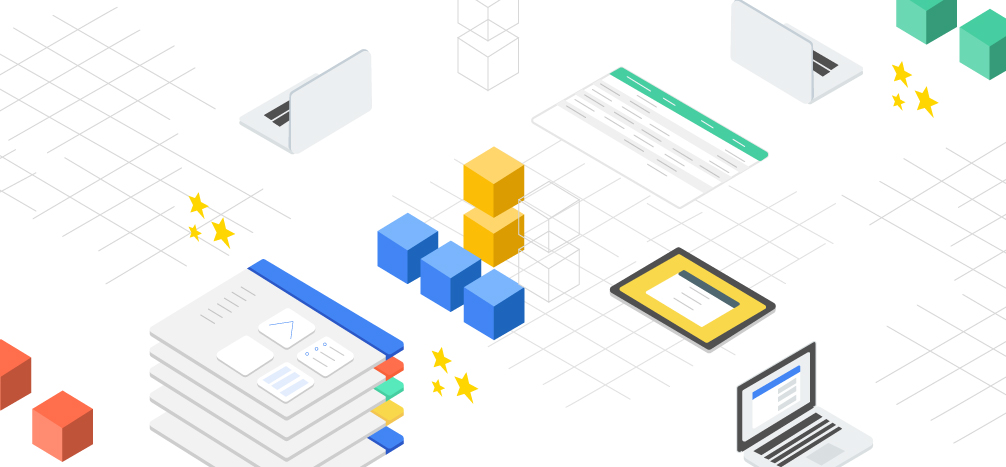The COVID-19 pandemic has stretched some government agencies and programs to their limits as they strive to provide resources, financial aid, and general guidance to citizens during this unprecedented time. The increase in reliance on government aid, combined with uncertainty and confusion about new and old assistance programs alike, has led to an influx of customer service calls on an unprecedented scale.
Federal, state, and local government agencies are having to field thousands of additional calls each day, leading to eye-catching headlines of individuals calling in 300 times a day with no answer, or spending hours on hold only to have their call dropped, desperate for information about unemployment benefits or other critical social safety nets. As agencies scramble to increase their call capacity, they are facing the reality they can’t scale up to properly handle the surge in call numbers. For example, if a call center can normally handle up to 3,000 calls a day and had already doubled their staff, they still aren’t coming anywhere close to managing 200,000 daily calls—and those 195,000 calls that did not get answered one day are going to keep calling back until they can reach someone, further overloading the phone lines.
 The new ultra-high call volumes have positioned government agencies to seek out solutions that, in the past, were only available to large customer-facing companies in insurance, banking and telecommunications. Call center automation has traditionally been a costly investment that is difficult to scale and requires overhauls of entire systems—all significant barriers for government agencies.
The new ultra-high call volumes have positioned government agencies to seek out solutions that, in the past, were only available to large customer-facing companies in insurance, banking and telecommunications. Call center automation has traditionally been a costly investment that is difficult to scale and requires overhauls of entire systems—all significant barriers for government agencies.
Due to the growth in voice-to-text technology, combined with artificial intelligence capabilities, cloud-based contact center solutions have become more affordable, accessible, and scalable—and government agencies are taking notice.
Understand Callers’ Top Needs
The first step to achieving a more capable response to the influx of calls is identifying the most common needs through data. Since some government call centers are only able to respond to a fraction of calls, they are unable to see the full picture of what people need. An AI-powered system can screen the calls and gather data on what people need the most help with, allowing the call center to shape their response more effectively.
This requires the technology to be able to understand what callers are asking for using natural language processing that can take what callers are saying and turn it into text that is captured for review. Natural language processing is also critical to understanding the different ways callers might ask the same question. Once a call center has gleaned data about the most pressing needs from all callers—not just the ones who manage to get through to a live agent—it can easily program how the automated program should answer those frequent questions.
Streamline Assistance on Multiple Channels
Once the AI platform is programmed to handle callers’ most pressing needs, it can address those issues through multiple channels. Some government websites can be difficult to navigate or provide outdated information, which is driving people to call for help in the first place. The AI-driven contact center—armed with the same intelligence about common customer needs—can also be deployed through email or a web interface to effortlessly answer questions and cut down on calls with minimal additional configuration.
After establishing the basic virtual agent that can assist with top needs, AI-based call center platforms can move beyond answering questions and take action through an authentication system. For example, if a customer is calling in to report an exposure to someone with COVID-19, the automated system can log their symptoms, track that information, and set up a follow-up call with a public health official as needed. The technology can also be integrated into older, antiquated systems, such as automatically looking up the status of unemployment claims for callers.
Prepare for What’s Next
Unlike legacy call center software, cloud-based AI call center technology can easily be scaled up or down depending on the need. As rent, unemployment, and paycheck programs continue to evolve with the pandemic, calls will ebb and flow—requests for loans may decline, for example, but calls to public power utilities to inquire about bill assistance may increase. And when the call volume drops back down to normal, the solution can be right-sized to continue benefiting agencies with AI assistance without paying for the large scale services when not required.
This type of flexible solution can also be expanded to more holistically address and update the current customer service architecture of government agencies. Agencies can more easily explore how to service their constituents in the fastest, most efficient way possible, and begin that buildout with the cloud-based platform to prepare for whatever the future holds.
Looking to learn more? Access our On-Demand Webinar as we discuss how agencies are turning to technology to scale their constituent communications to aid their populations in a time of need.








